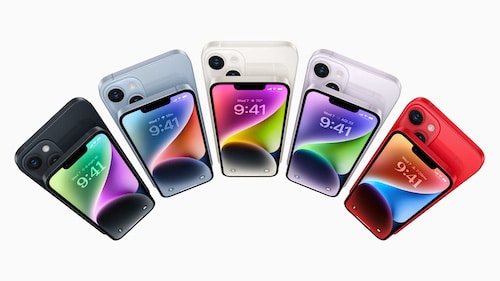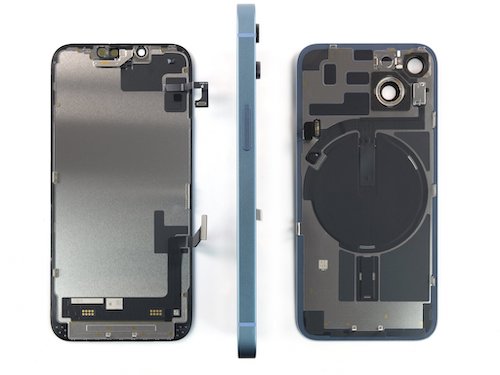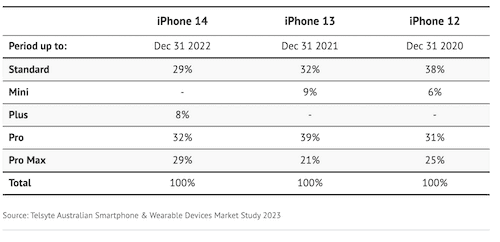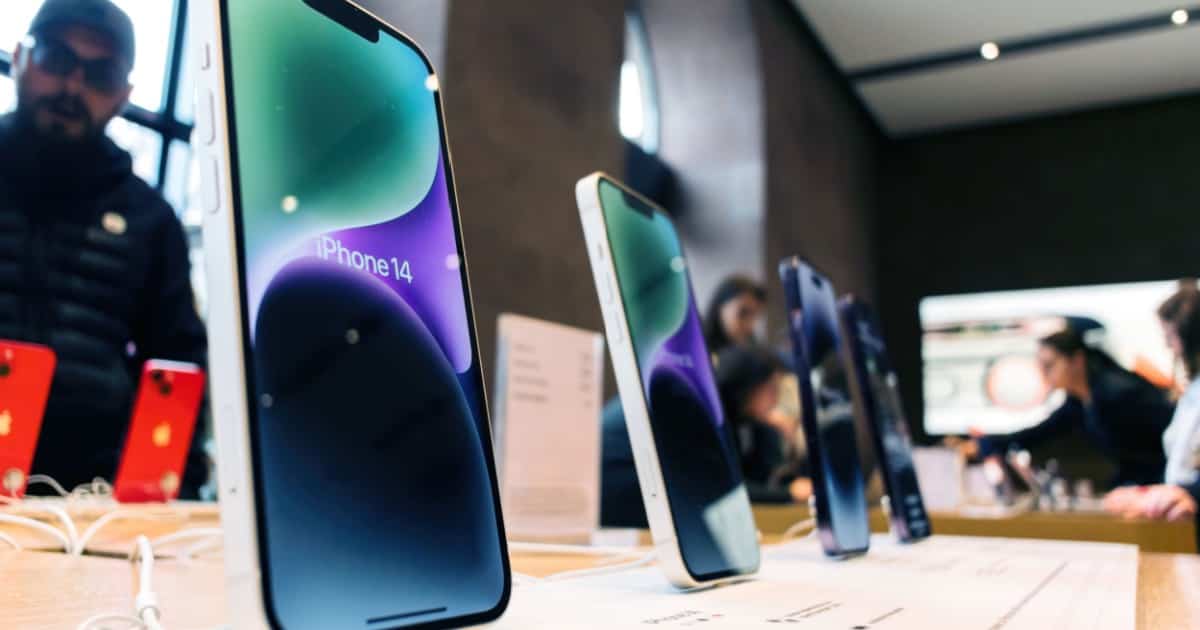In a new interview for The Sydney Morning Herald, Apple’s senior director of iPhone product design Richard Dinh spoke out concerning some of the differences between the Pro and non-Pro models of the iPhone 14 series. Within the interview, Dinh observes that the non-Pro devices do feature some changes that are capable of bringing more ease to repairability. The exec also goes into some additional details about the new design.
When it comes to the difference between the Pro and non-Pro lineup of iPhones, why it exists all depends on who you ask. Looking toward Cupertino, Apple execs would likely argue that having two-tiers of phones helps with consumers who have different plans for their phone. With each device having its own strengths, there’s more and different features available for an individual user.
iPhone 14: Spot the Differences
When taking a look at a non-Pro iPhone 14, such as the standard iPhone 14 and the iPhone 14 Plus, it does provide more than just a repackaging of last year’s Pro models. Despite this, however, there have been multiple reports that consumers do prefer the Pro models of iPhone, with the standard models continuing to see a slump in sales.

For the typical consumer, it may not be immediately obvious what the differences are in the non-Pro iPhone models. When it comes to the baseline iPhone 14 and iPhone 14 Plus, many consumers are likely to see the lower price and assume something must have been cut to reach that price-point.
According to Apple’s senior director of iPhone design Richard Dinh, the company takes another perspective to this approach. Speaking with Tim Biggs of The Sunday Morning Herald, Dihn stated that the company doesn’t necessarily follow a “recipe”, but asserts that the company always starts with “the customer experience”.
This means that when it comes to the “standard” iPhones, they are likely to draw inspiration from the Pro lineup. However, the company may also do something a bit different for the non-Pro models.
Repairability and Design Changes in the iPhone 14
So, while a user may take a look at a the standard iPhone 14 and assume it’s just a slightly-upgraded iPhone 13, there’s actually a bit more to it than that. For example, the iPhone 14 Plus has some of the best battery life out of the iPhone 14 series, while also providing improved repairability and weight reductions. Overall, the non-Pro iPhone 14 series also features better performance over last year’s Pro models, despite using the same chipset, in thanks to better “internal shuffling”.
Dinh notes that the new repairability of the iPhone 14 Plus is in thanks to a redesign of the enclosure. Starting with the iPhone 5, Apple used a single enclosure design, what the company calls a “bucket design”. However, starting with the introduction of wireless charging within the iPhone 8, the enclosure has since featured back glass that was permanently fixed to the aluminum housing.
For users looking to repair their own device, this can be an issue, as any repairs to internal components need to be done through first removing the display, while also removing other possible components to reach the one that needs a repair. To make things more complicated, the more a component is near the back-glass of the device, the more you need to remove components from the front of the device.
A New Type of Structure
However, the non-Pro iPhone 14’s now feature a “central aluminum structure” that serves as the backbone of the device. This means that both the back and the front of the device can see removal. Additionally, Dihn also notes that this new aluminum structure allows heat to dissipate more consistently across the entire surface of the device.
The new design also features Apple’s first “four-sided stacked main logic board”, which helps condense all of the components into a smaller space, which also helps with repairability. This may also be why the iFixIt called the iPhone 14 Plus, “The most repairable iPhone in years“.

With these new changes to the structure of the iPhone 14, it greatly reduces repair costs for consumers. For example, The Sunday Morning Herald notes that having Apple replace a screen on an iPhone 13 can see estimates of around $579. For the iPhone 14, this drops to $275. Not only is this cheaper, but thanks to the display and internal components now being separate, there’s less chance for errors or accidental damage.
The new changes also makes room for better upgrades in the non-Pro series, including better cameras over last year’s Pro models. This includes a larger aperture front-camera, that also has a new autofocus. Considering the camera is one of the most important things for the typical consumer, this can be a big deal.
Taking a Look at the Sales Numbers
Despite these new changes, however, consumers are still flocking toward the iPhone Pro series. While we here at TMO have covered some of these sales figures, additional supply-chain reports also indicate that there is a higher demand for the Pro models over the non-Pro models. For the iPhone 14 Plus, demand for it has been even lower than the iPhone minis of the previous year.
According to Foad Fadaghi, the managing director for the analytics company Telsyte, there’s multiple reasons for this. The Pro series has a higher resale value, whereas the higher cost can also be made less severe through payment plan options. According to Fadaghi, the issue also lies in the fact that consumers typically assume that higher specs equate to a better device overall.

According to Fadaghi, when a consumer purchases a new phone, they don’t want to feel like it’s a downgrade. People will also typically go with the highest priced phone that they are able to afford. Additionally, if a user doesn’t like the price of the more premium devices, it is likely they will look for alternatives in refurbished, used or older models.
It’s fairly common for technology companies to set out to build products for specific segments of the market, but the market always decides whether or not it needs a product. For example, it’s quite likely the expectations for the mini were a lot higher than what eventuated and thus, we didn’t see an iPhone 14 mini.
Can You Make the Wrong Purchase?
While there are many great features to the standard iPhone 14 and the iPhone 14, it doesn’t seem that these new features are immediately obvious to consumers. Perhaps Apple could do a bit more to advertise the repairability of the non-Pro models, while also observing the great battery life and overall lighter weight.
However, for a consumer, choosing the right product often involves doing one’s own research. Whenever you go to buy a new phone, or any device for that matter, you should always ensure that you get a device you are going to love by doing your best to research it as much as possible. While Apple does provide several options when it comes to the latest iPhone: not all of them are equal. Make sure you understand what you want from a device before making an investment.
